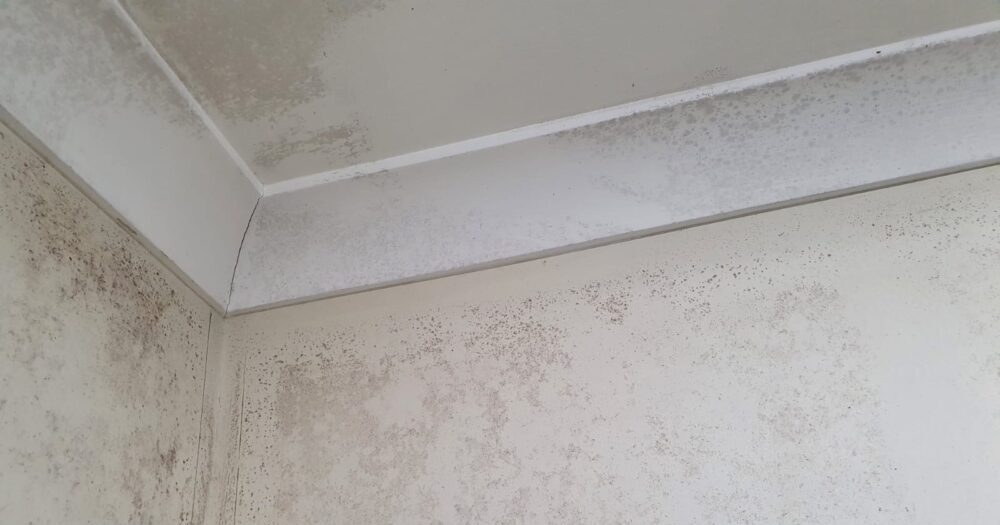
RISING DAMP TREATMENT SYDNEY
Book an appointment.
Arrange a schedule for inspection by contacting us today.
Get a detailed assessment.
Obtain a comprehensive on-site assessment after the inspection.
We start the job.
Monitor the work progress as you see the project to completion.
Rising Damp Repair Sydney
Sydney House Levelling have provided effective solutions to rising damp (sometimes referred to as Salt Damp) and other damp related issues for over thirty years.
Rising damp occurs when moisture from the ground is drawn up through the walls into the timber frame of a building. It can cause serious damage to both internal and external walls, giving rise to an unpleasant musty smell and promoting the growth of mould and mildew.
Sydney House Levelling uses a specialised technique to tackle rising damp. We also offer advice on how you can prevent further problems from occurring in the future, such as by applying additional subfloor ventilation stop moisture reaching them in the first place.
RISING DAMP REPAIR SYDNEY
There are several factors that can contribute to rising damp in Sydney
- Poor drainage: If the ground around the building is not properly graded or if the drainage system is not functioning properly, moisture can build up and be drawn into the walls of the building.
- Lack of a damp-proof course (DPC): A damp-proof course (DPC) is a horizontal layer of waterproof material that is applied to the walls of a building at a specific height to prevent moisture from rising up the walls. If a building does not have a DPC or if the DPC has been damaged, moisture can rise up the walls and cause rising damp.
- Groundwater: If the water table is high or if the ground is poorly drained, groundwater can seep into the walls of a building and cause rising damp.
- Poor construction: If a building is poorly constructed or if there are defects in the foundations or walls, moisture can enter the building and cause rising damp.
- Plumbing leaks: Leaks in the plumbing system can cause moisture to build up and contribute to rising damp.
- High humidity: If the humidity in the air is high, moisture can be drawn into the walls of a building and cause rising damp.
It is important to address rising damp as soon as it is identified to prevent further damage and to protect the building’s structure and integrity. A qualified damp specialist will be able to assess the problem and recommend the most appropriate solution for your specific situation.
RISING DAMP TREATMENT SYDNEY
RISING DAMP SYDNEY
Rising damp is a common problem in Sydney, Australia, and it can cause serious damage to buildings if left unchecked. Rising damp occurs when moisture from the ground is drawn up through the walls of a building, causing damage to both internal and external walls, and creating an unhealthy living environment. In this blog, we will discuss what rising damp is, how to identify it, and the best ways to treat it.
What is Rising Damp?
What is Rising Damp?
- Water marks or damp patches on the walls, particularly at the base of the walls
- A musty, mouldy smell
- Peeling paint or wallpaper
- Rotting or discoloured wood, particularly around the base of the walls
- Salt deposits on the walls
There are several methods that can be used to treat rising damp, including:
- Damp-proof course (DPC): A horizontal layer of waterproof material, such as a bituminous coating, is applied to the walls at a specific height to prevent moisture from rising up the walls.
- Chemical DPC: A chemical solution is injected into the walls to create a barrier against moisture.
- Physical DPC: A physical barrier, such as a plastic or metal strip, is installed in the walls to prevent moisture from rising.
- Ventilation: Improved ventilation can help to reduce the humidity in the air, which can prevent moisture from rising up the walls.
- Insulation: Adding insulation to the walls can help to prevent moisture from reaching the timber frame of the building.
It is important to consult a professional when dealing with rising damp, as the appropriate solution will depend on the specific circumstances and the extent of the problem. A qualified damp specialist will be able to assess the problem and recommend the most effective solution for your specific situation.
Preventing Rising Damp
- Water marks or damp patches on the walls, particularly at the base of the walls
- A musty, mouldy smell
- Peeling paint or wallpaper
- Rotting or discoloured wood, particularly around the base of the walls
Salt deposits on the walls
If you suspect that your building may be suffering from rising damp, it is important to have it assessed by a professional as soon as possible. By taking steps to identify and treat the problem, you can prevent further damage and protect the value of your property.
SYMPTOMS YOU NEED Rising Damp Treatment
If you notice any of these symptoms, it’s important to contact a professional levelling repair service like Sydney House Levelling. Our team can assess the situation and provide a tailored solution to correct it, ensuring that your home is safe and stable for years to come.
Get to Know Project Estimate?
We understand that every home and every homeowner’s needs are unique. That’s why we take the time to assess each project individually and provide tailored solutions to meet our customers’ specific needs.
